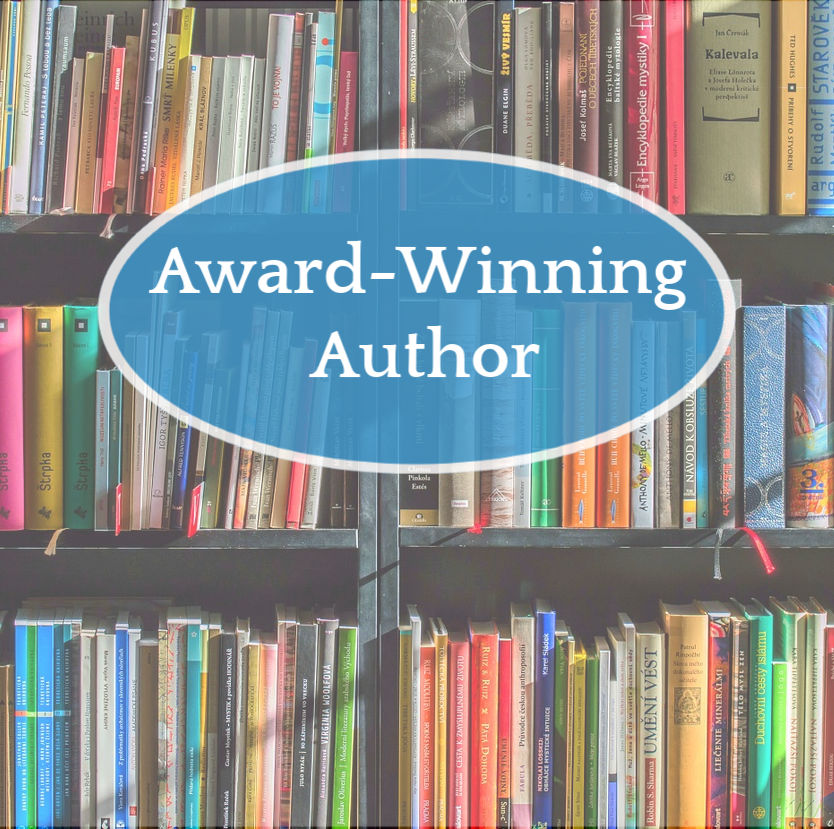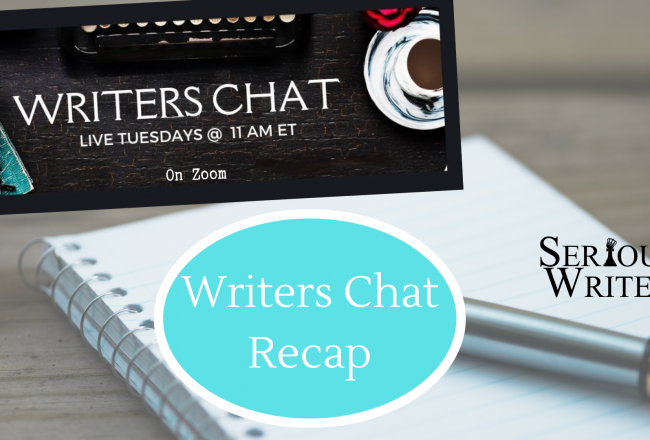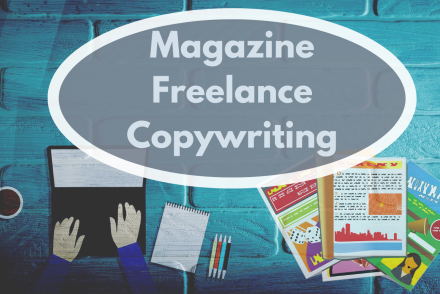
Embracing Tech Advancements: Powering Freelancer Success in the Modern Landscape
Freelancing as a writer can be deeply rewarding. You’re getting paid to show off your wordsmithing skills and can…
September 14, 2023
Freelancing as a writer can be deeply rewarding. You’re getting paid to show off your wordsmithing skills and can…
September 14, 2023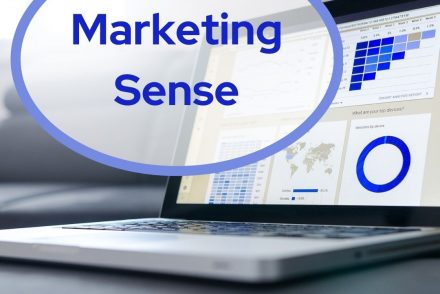
A Lead Magnet is a marketing tool. “Lead Magnet” is marketing speak for what is typically a 3-10 page…
September 12, 2023
One gazillion years ago when I started writing on stone tablets, I never needed an agent to get published.…
September 8, 2023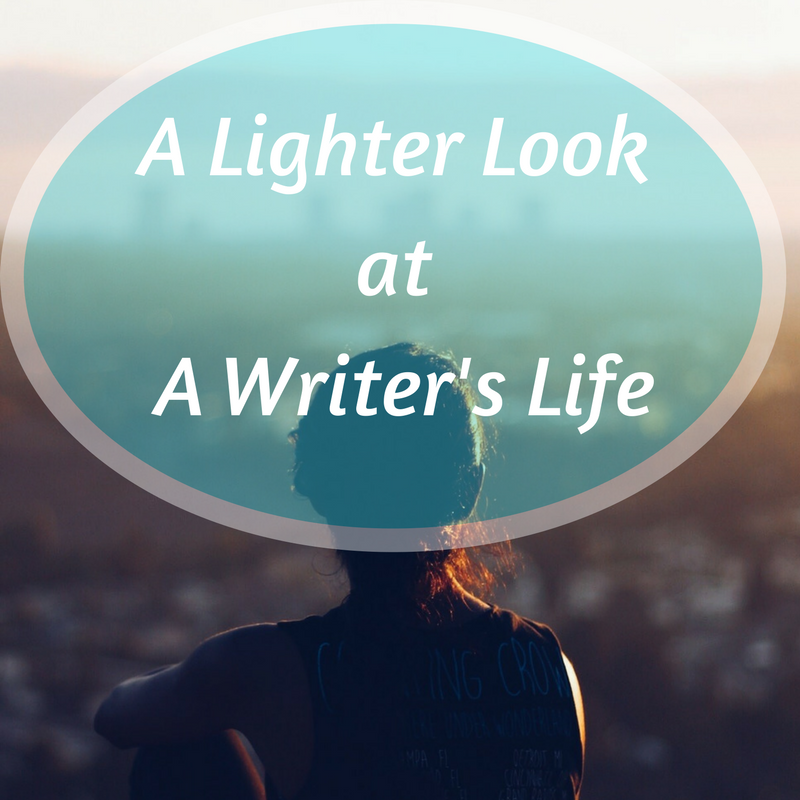
There’s a story of a family whose electricity went out one night. The various children tried to maneuver in…
September 6, 2023
All of you together are the one body of Christ, and each one of you is a separate…
September 3, 2023
Writers Chat, hosted by Johnnie Alexander, Brandy Brow, and Melissa Stroh where we talk about all things writing, by…
August 31, 2023
While working on this month’s post, I am taking a much-needed “rest” weekend. I am not talking about spending…
August 29, 2023
Writers Chat, hosted by Johnnie Alexander, Brandy Brow, and Melissa Stroh where we talk about all things writing, by…
August 28, 2023
Last time we talked about some ways to write a character that evokes a deep connection with the reader.…
August 27, 2023
At a small coffee shop, I met Joe Leininger who had traded for ten years in the Eurodollar Pit…
August 25, 2023
Louise stared at the nearly empty sack of flour. Her eyes flitted to a canister tucked in the back…
August 23, 2023
Unless you’re a whale, walrus, or flat haired rat, your world is not black and white. And since none…
August 19, 2023
When a restaurant has too many people show up at one time to eat, they say they’re getting slammed.…
August 18, 2023
If you love middle grade novels, you’re probably familiar with some of the unique characteristics of this genre. You…
August 16, 2023Artificial intelligence (AI) has changed the writing world forever. In the past year, AI has transformed from a niche…
August 14, 2023
Are you pleased with your website’s Home page? The way it looks, its design, and most important, its effectiveness?…
August 12, 2023
As I wrote this article, I got an email from my publisher letting me know that the pre-order sales…
August 9, 2023
“Walking on Sunshine” “You are my Sunshine” “Keep on the Sunny Side” Okay, which one are you singing right…
August 6, 2023
“Nooooo,” she wailed. “It would hurt too much.” My eight-year-old granddaughter could not be convinced to soak her foot.…
August 3, 2023
Writers Chat, hosted by Jean Wise, Johnnie Alexander, and Brandy Brow, is the show where we talk about all…
July 31, 2023
After returning from this year’s Blue Ridge Mountains Christian Writing Conference (BRMCWC), I was excited about the new writing…
July 29, 2023
Sometimes it’s hard to remember all the emotions, feelings, and concerns that young teens have. Times change, attitudes change,…
July 27, 2023
Possibly you are an author who writes nonfiction and fiction. Because I’ve worked in both areas of the market—fiction…
July 25, 2023
When I sat down to write my first mystery, I knew I needed a guide. I’d written a few…
July 24, 2023
In middle grade novels, do you know what gets my goat? Stories riddled with clichés. Let’s address the elephant…
July 16, 2023
